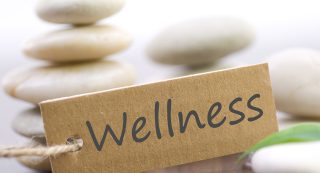With the stress in today’s globalized world, wellness is an important topic for people all around the world. People of various cultures find different ways to deal with stress. Here are 8 wellness practices of different cultures around the world:
Tibetan Singing Bowls, Tibet
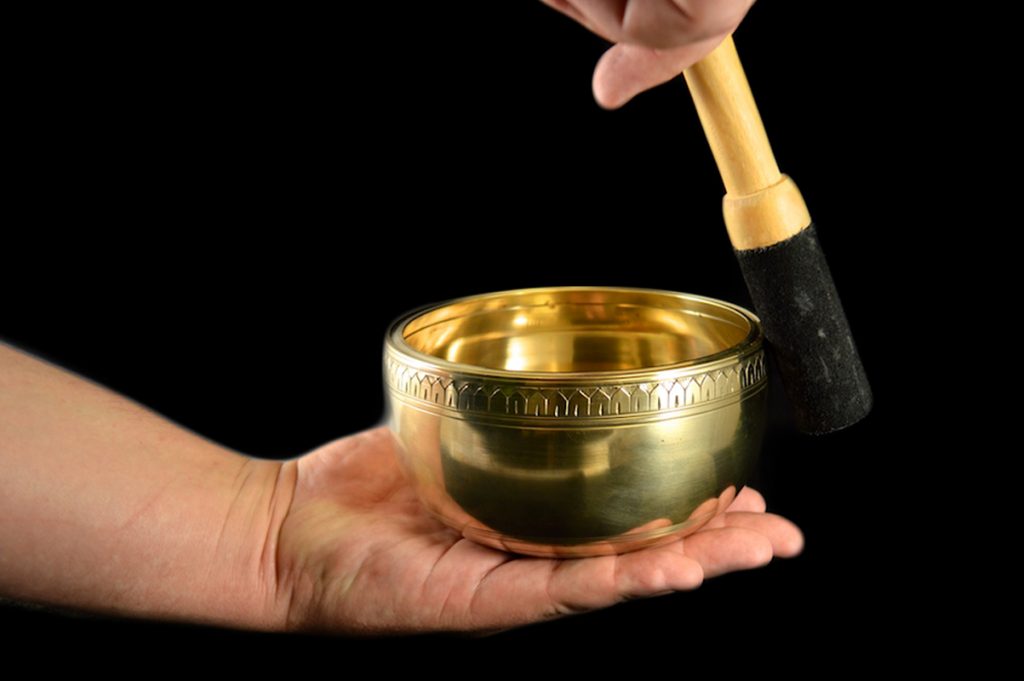
Interestingly, Tibetan singing bowls did not originate from the Buddhist culture of Tibet. Originally, the bowls were used for rituals and also for eating. There are two ways in which the bowls are usually played by either rubbing a mallet around the rim or hitting the side of the bowl with a mallet. Playing with these bowls can evoke a sense of calmness to people of ages whether it’s for babies, children or adults. Some have even used this singing bowls for healing practices.
Hygge, Denmark

Famously known as one of the happiest country in the world, Denmark has some tricks in order to achieve happiness for its citizens. Hygge (or HUE-gue) roughly translates to ‘cozyness’ in Denmark. This practice therefore practices on what makes people comfortable and happy. Whether is it is a bonfire with friends, a mug of coffee with books or a stroll through a beautiful garden with your best friend, this practice is recommended to create a sense of joy and well-being.
Sage Smudging, North America
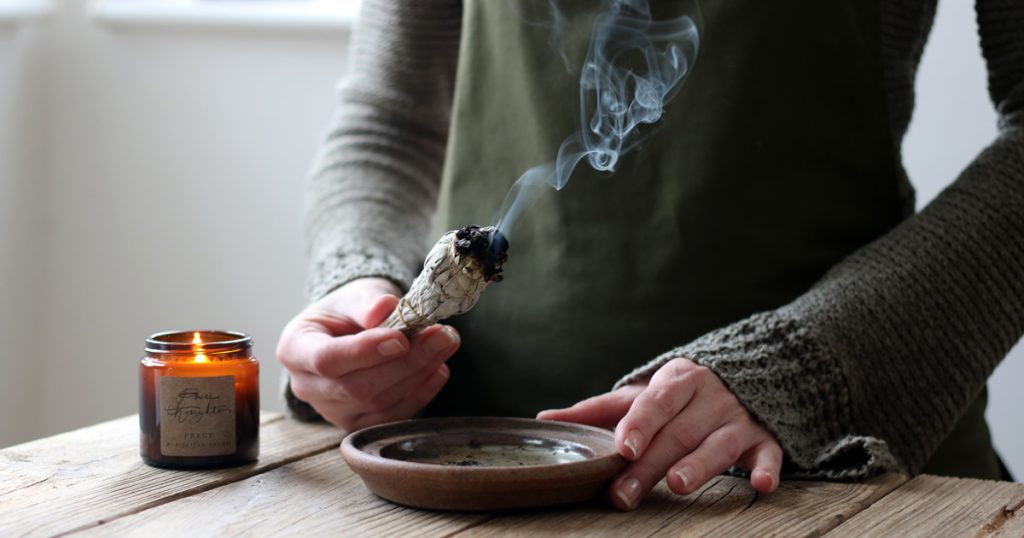
Sage smudging is known to be a wellness practice that comes from North America. Practitioners usually light up (or ‘smudge’) sage when moving to a new area or place. Traditionally, dried sage will be gathered and tied together with a piece of string. You can light it up immediately using a lighter, although the preferred methods is using a heat-proof burning surface like an abolone shell. Ideally, the sage should be smoked. If it is burned, shake it gently to remove the fire.
This practice is intended to ‘clear the air’ of unwanted spirits or lingering energy that may be different than what you want. In that way, you are also welcoming good energy into your space.
Facial Fitness, Egypt

Ancient Egyptian secret remedies are one of the most popular beauty methods in the world. It is an understatement to say that Egyptian beauty regimes are still observed by women all round the world.
Facial fitness is also one of the practices that is newly trending. This idea is based on the theory that the muscles on the face can be practices to help prevent wrinkles and saggy skin. To start off, you can start over pronouncing the vowels in front of the mirror or massaging the skin from the center to the outside of your face to relieve tension and flushing out toxins.
Lagom, Sweden

Lagom (or LAH-gum) can be roughly translated to ‘just the right amount’. This practice has been widely used in Sweden, in which a majority of Swedes have been religiously practicing this way of life. It can very from the minimalist lifestyle, capsule wardrobes and working just enough hours in a day.
The key to lagom is to practice moderation, avoid excess but also not to restrict yourself too much. Rather, people should focus more on your sense of self and well-being.
Hot Springs, Iceland
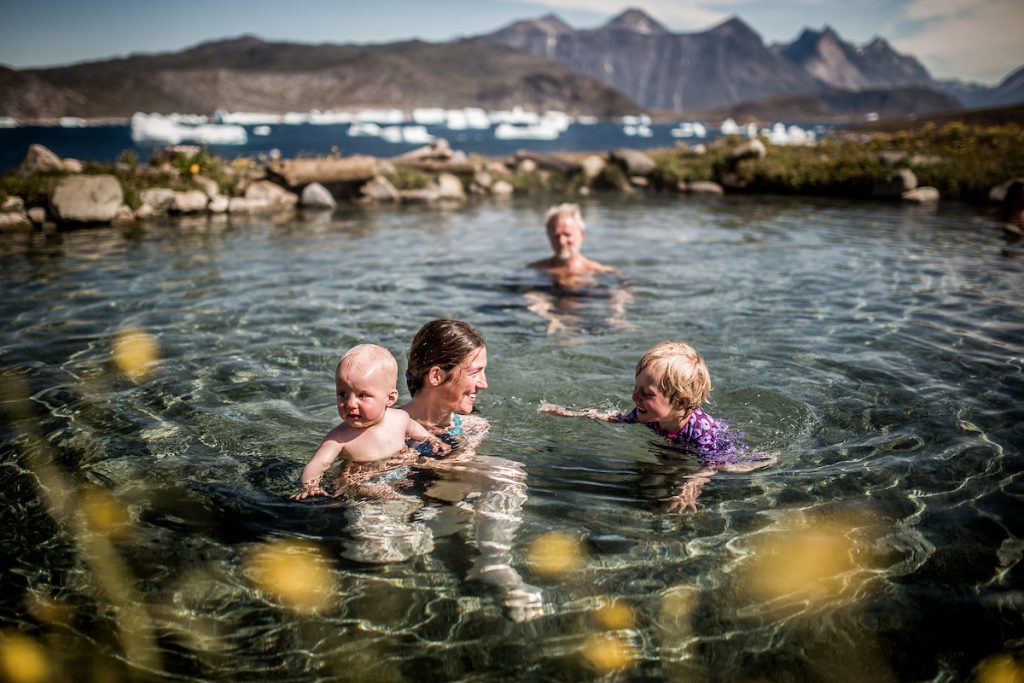
Iceland is a country filled with a variety of natural wonders. Despite being a land filled with ice, Iceland also has other natural wonders that counter the natural climate that it is in. In fact, it has more geothermal energy than other country-one that the Icelanders take full advantage of it. The freezing cold does not take that much of an effect, as people spend a lot of time soaking in hot water and socializing with their peers.
Jin Shin Jyutsu, Japan
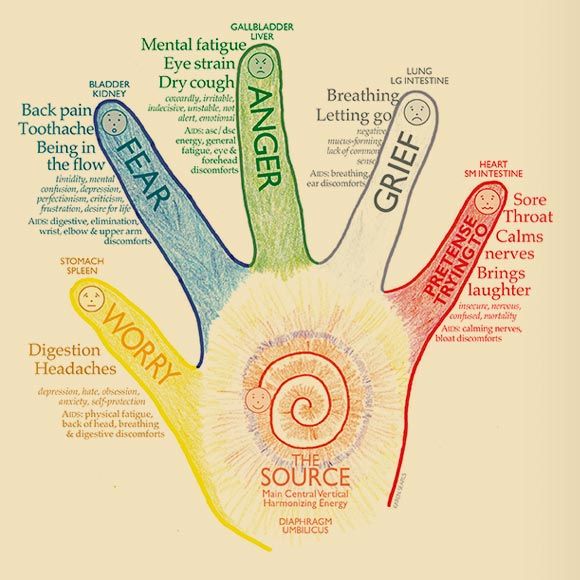
In Japanese, Jin Shin Jyutsu translates as art of the Creator through man of knowing and compassion. Through the use of massage on the 26 specific “safety energy locks” (or SELs) in the body, practitioners aim to induce calmness and decrease feelings of discomfort, anxiety, stress, nausea and fatigue. The points are spread throughout the body, although the most widely adapted version of it is a hand massage.
Ikigai, Japan

On average, people work 40 hours a week throughout their lifetime. Since a lot of their time and energy is dedicated in their work, many Japanese think of ikigai (ee-kee-gy) as their work motto.
Ikigai can be translated as purpose in life, in which their job is beyond earning for the livelihood but also to fulfill one’s main purpose. Ikigai practitioners try to include four factors in their lives such as what they’re good at, what they’re passionate about, what the world needs and what the world will them for. As a result, these principles aims to combine self-fulfillment and contribution to society.
In today’s world of competition, stress is bound to be present in the majority of people’s lives. Depending on the culture that already exists in each country, wellness can manifest differently in each country. These practices not only guarantee the decrease of stress in daily life but can also help you manage the problems that you face every day.
Which wellness practice seems the most interesting? What do you do to relieve your stress? Share your answer with us in the comment section below!

